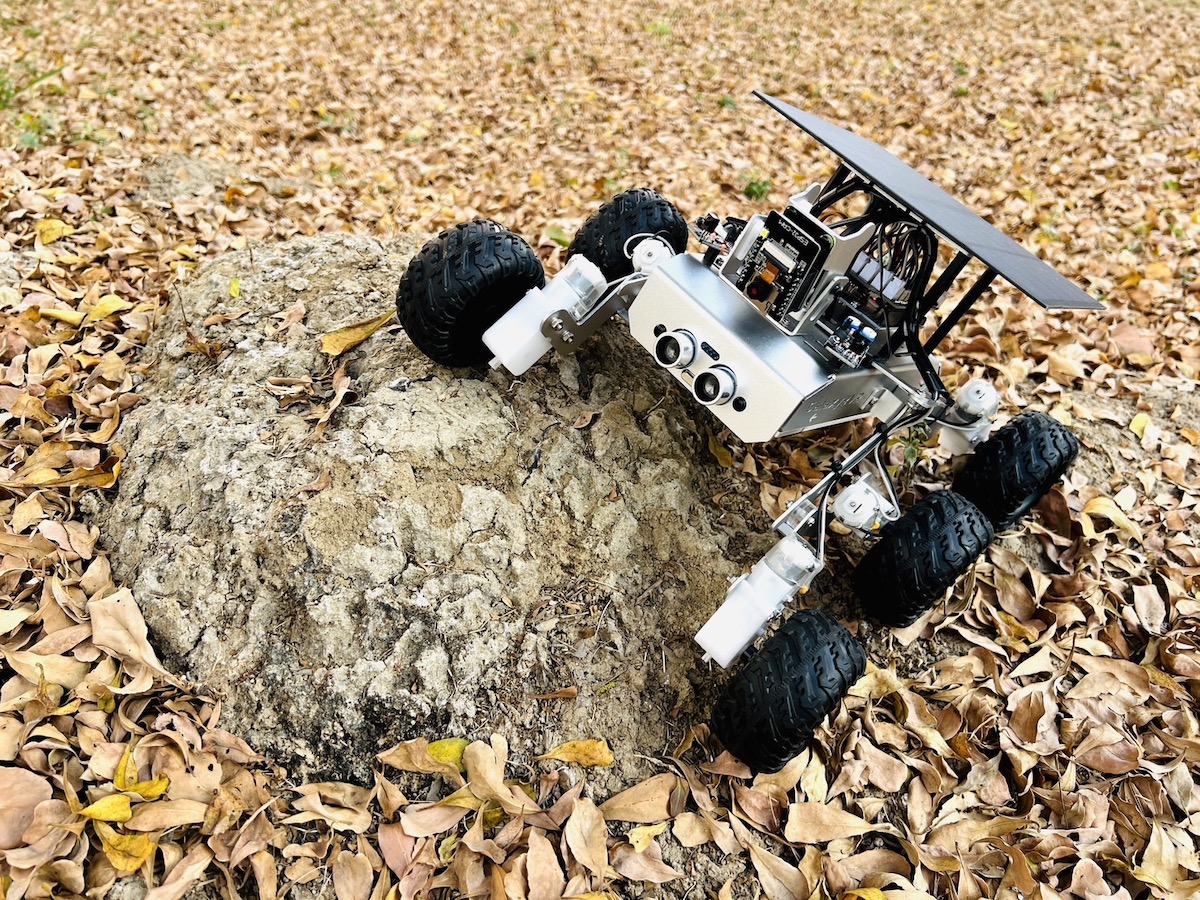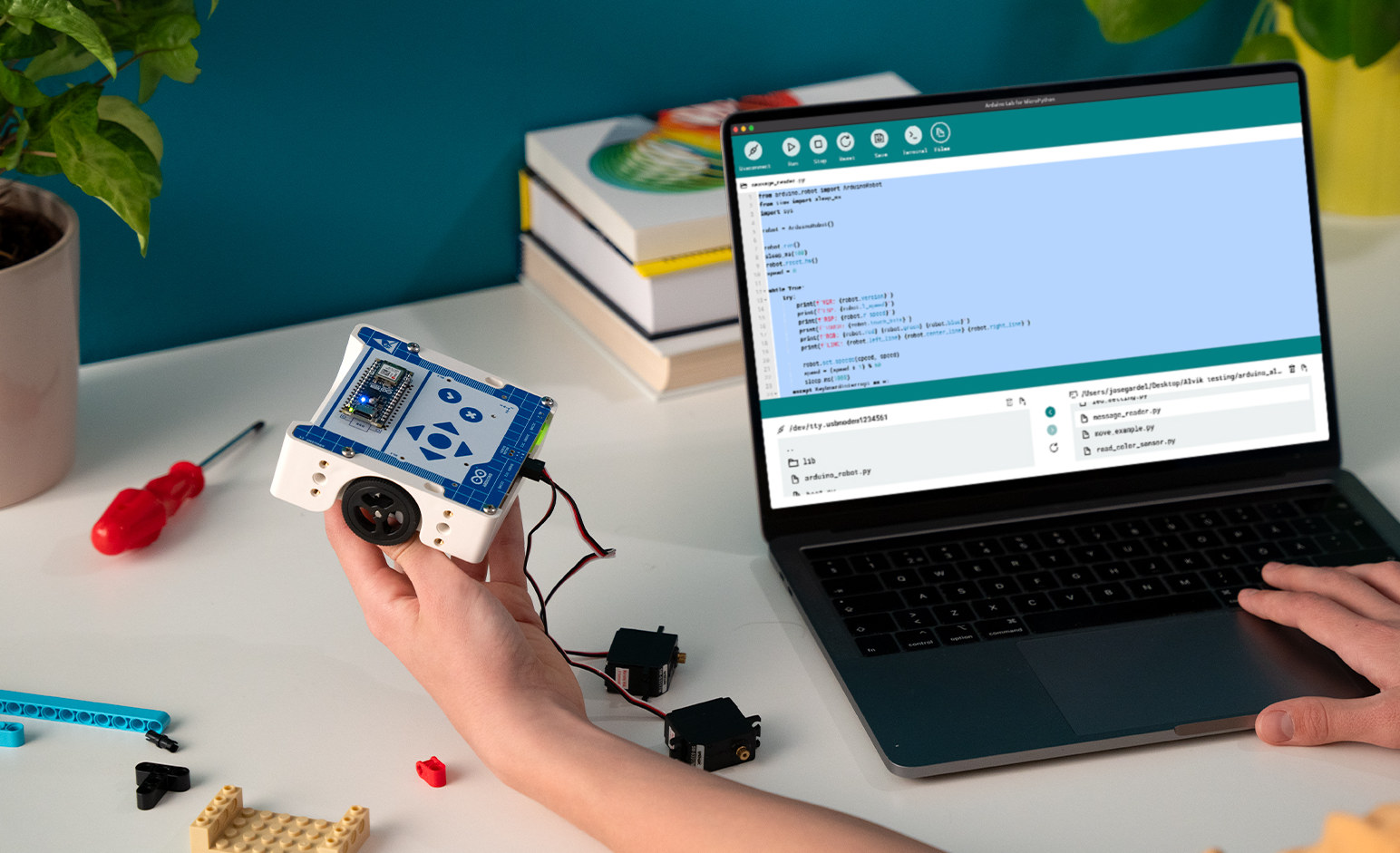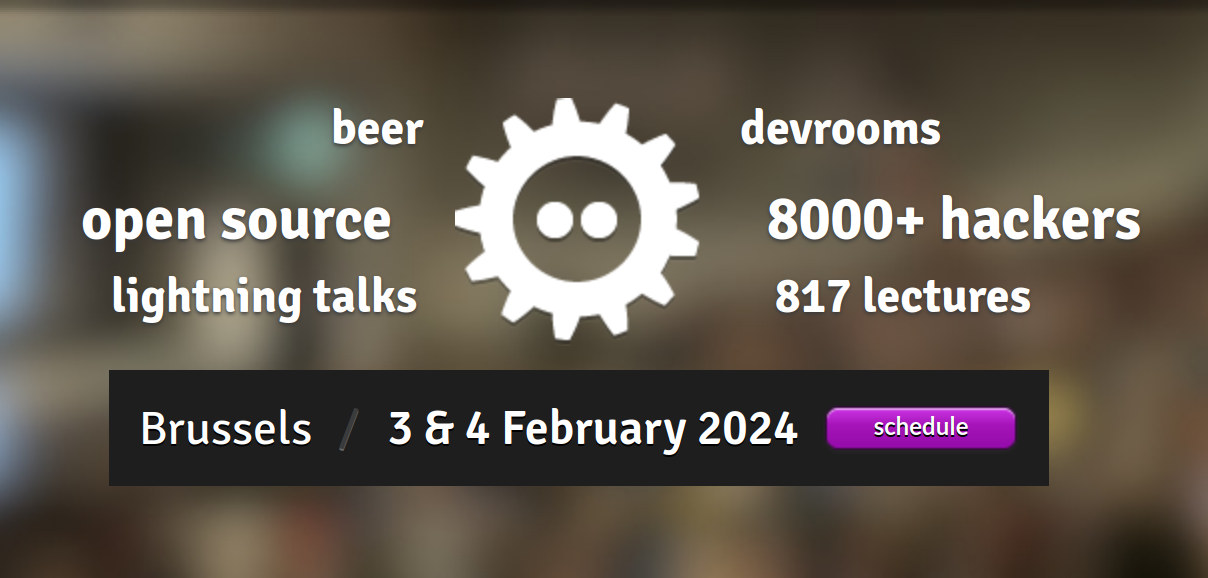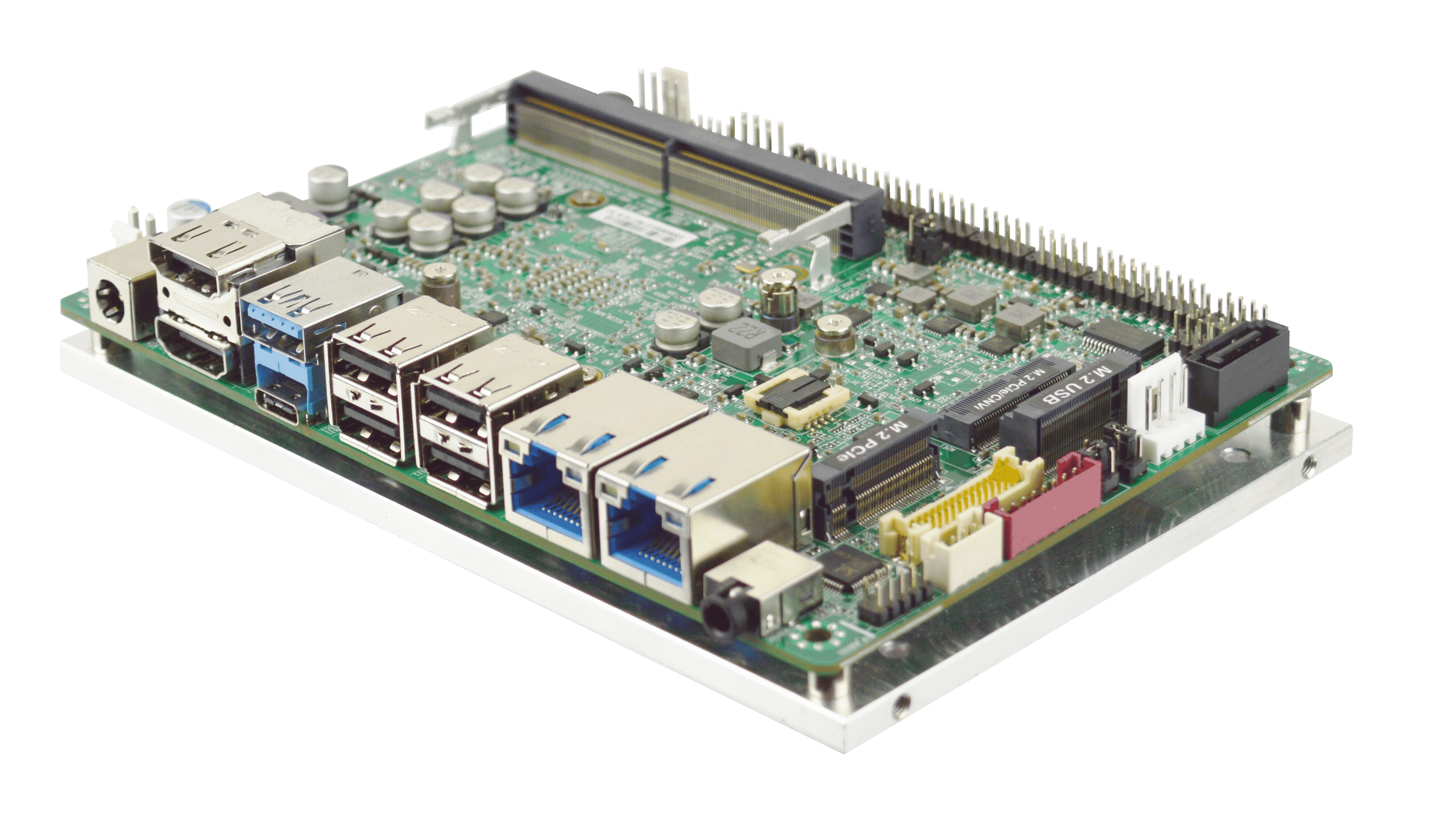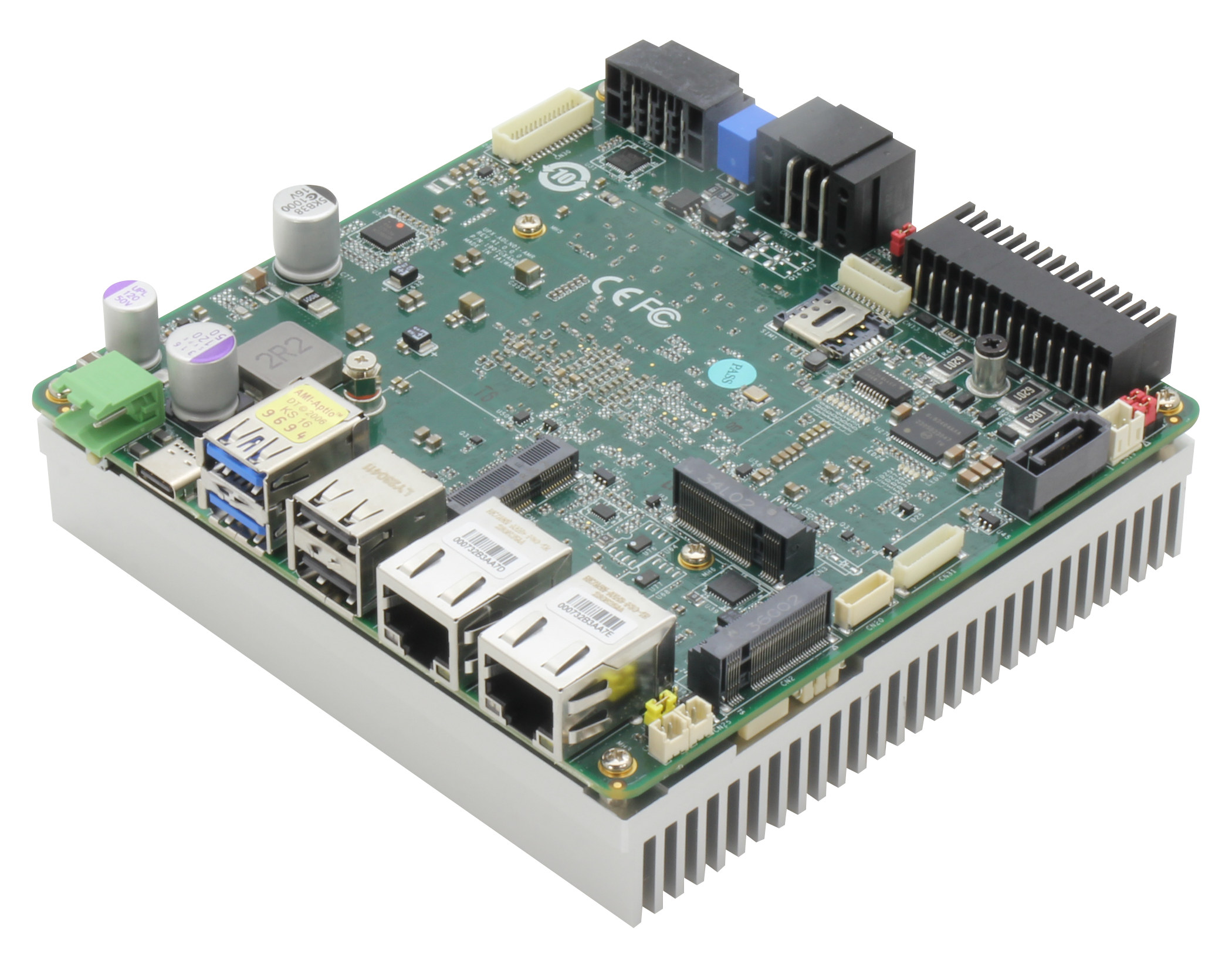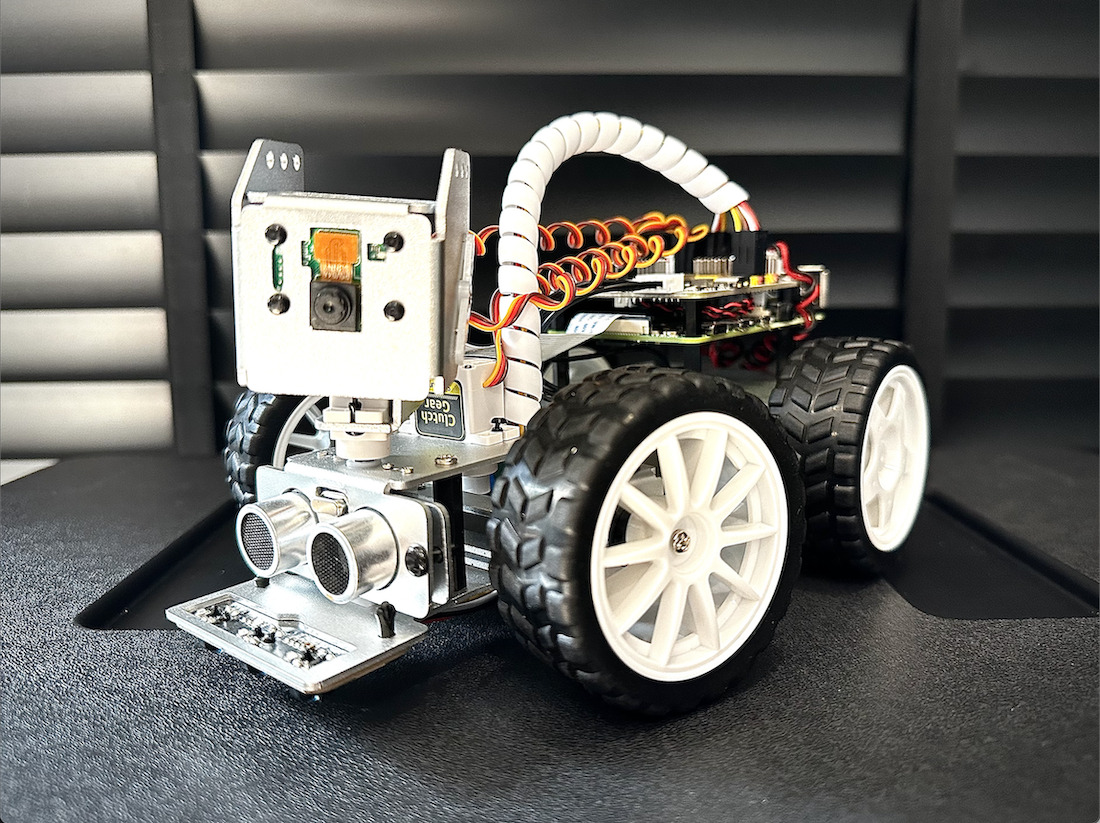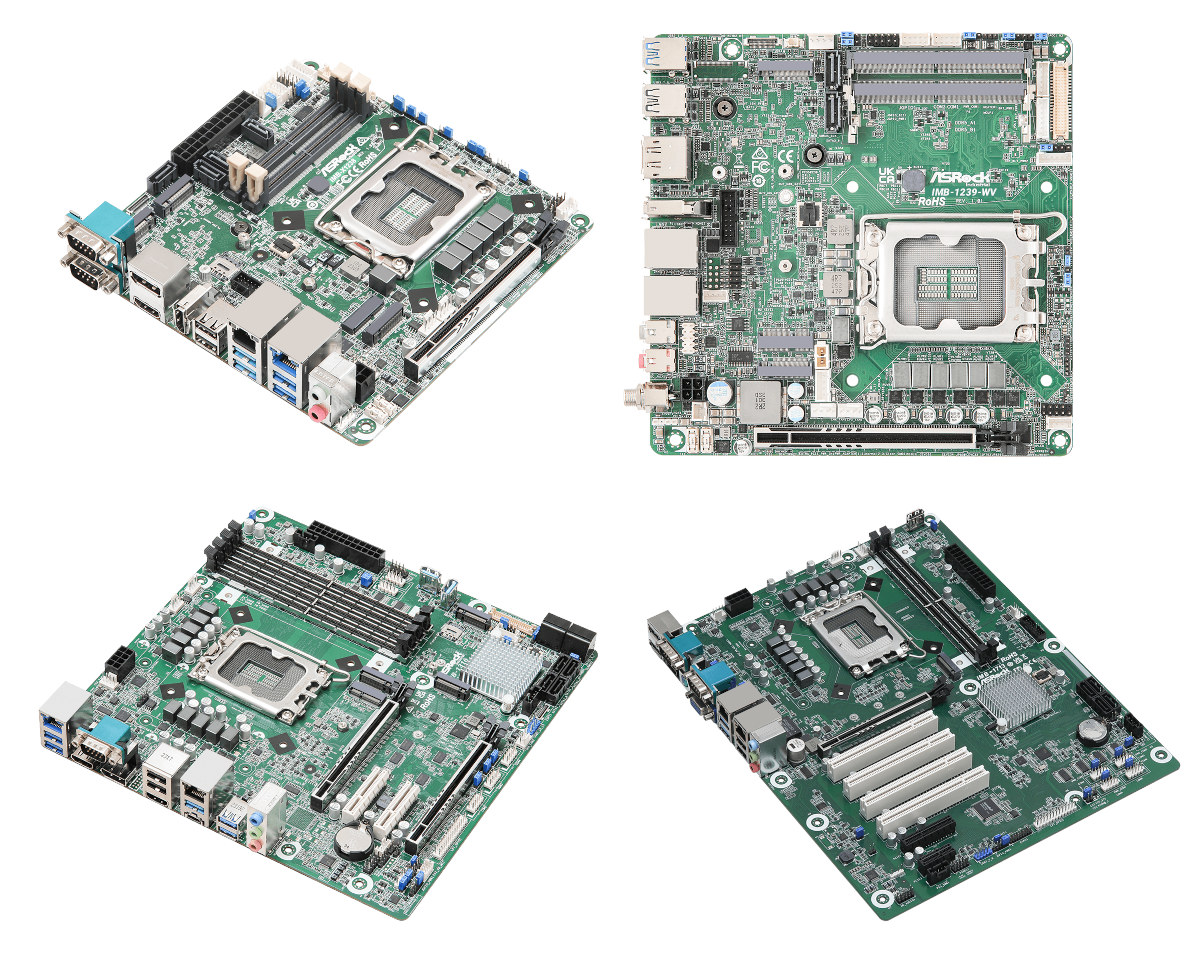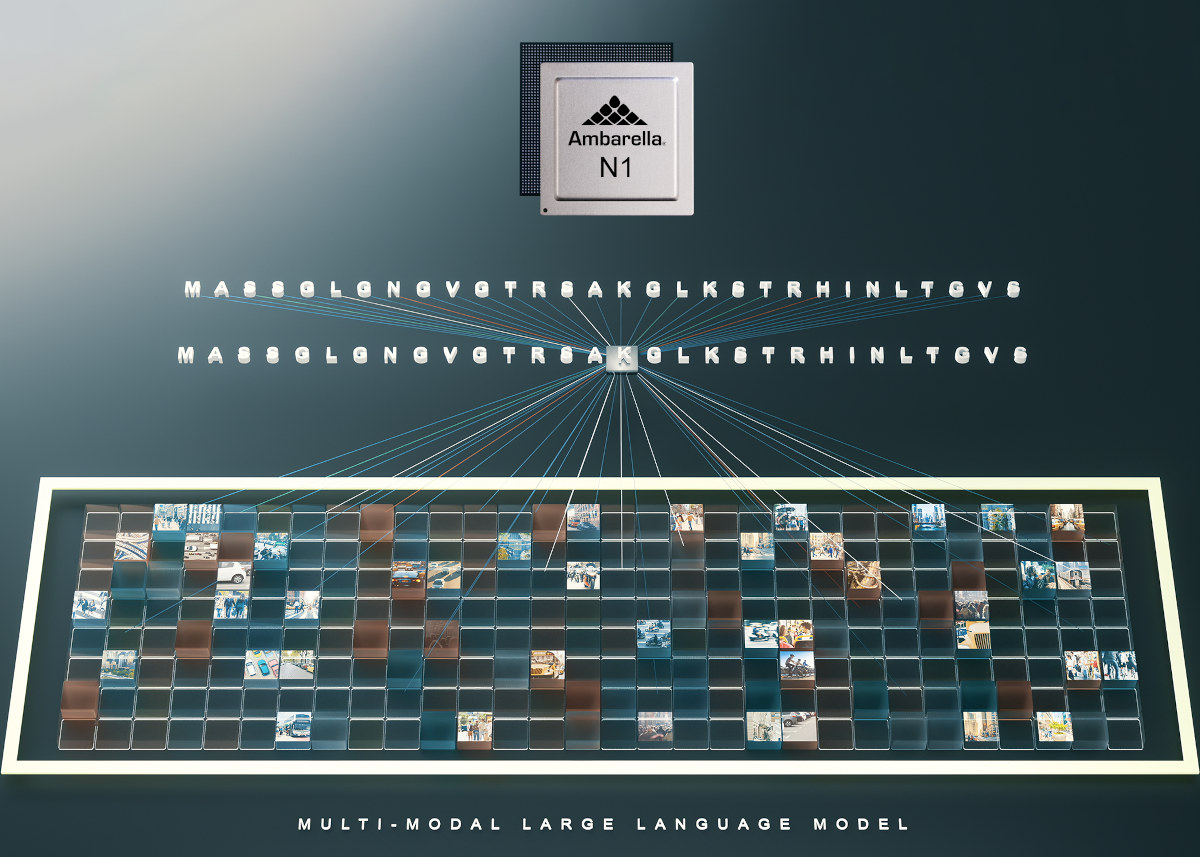SunFounder sent us a GalaxyRVR 6-wheel robot for review. It looks like NASA’s Mars Rover robots but targets the education market with an Arduino UNO R3 compatible board and an ESP32-CAM board for WiFi connectivity and video capture. The GalaxyRVR robot kit can transmit video signals over WiFi to explore planet Earth with your mobile device or tablet and the camera can be adjusted up and down thanks to a servo motor. The robot gets its power from a solar panel coupled with a battery and features sensors such as obstacle avoidance and ultrasonic modules. NASA’s Mars Rover exploration robots NASA is currently using the Perseverance rover, also known as Percy, as the latest planetary exploration robot to land on Mars. It is designed to explore the Jezero Crater as part of NASA’s Mars 2020 mission. In addition to its scientific instruments, Perseverance also carries Ingenuity, a small experimental Martian […]
Arduino Alvik is a 3-wheel robot designed for STEAM education
Arduino Education’s Arduino Alvik is an upcoming 3-wheel educational robot that was just unveiled at the Bett 2024 show in London and designed to teach robotics, programming, and other STEAM subjects. The robot is based on an Arduino Nano ESP32 board and will come with a set of nineteen lessons designed by Arduino Education’s team in collaboration with teachers so that students can learn the basics of IoT, get started with MicroPython, and get themselves familiar with various physics and engineering concepts. The company has yet to provide the full specifications for the Alvik robot, but here’s what we know at this stage: Mainboard – Arduino Nano ESP32 2x wheels plus 1x ball wheel Sensors – “High-quality sensors” that include a ToF ranging sensor, line-following sensors, a 6-axis accelerometer & gyroscope, a proximity sensor, and color sensors. Expansion 2x Grove I2C connectors 2x Qwiic connectors 6-pin servo motor header for […]
FOSDEM 2024 schedule – Open-source embedded, mobile, IoT, robotics, RISC-V, etc..
FOSDEM – which stands for Free and Open Source Software Developers’ European Meeting – is a free-to-participate event where thousands of developers meet in Brussels on the first week-end of February to discuss open-source software & hardware projects. FOSDEM 2024 will take place on February 3-4 with 880 speakers, 818 events, and 66 tracks. Although I won’t attend, I’ve created a virtual schedule like every year with sessions most relevant to the topics covered on CNX Software from the “Embedded, Mobile and Automotive” and “Open Hardware and CAD/CAM” devrooms, but also other devrooms including “FOSS Mobile Devices”, “ Energy: Reimagining this Ecosystem through Open Source”, “RISC-V”, and others. FOSDEM Day 1 – Saturday, February 3, 2024 10:30 – 10:55 – Screen Sharing on Raspberry Pi 5 Using VNC in Weston and Wayland with the Yocto Project and OpenEmbedded by Leon Anavi In 2023, embedded Linux developers received eagerly awaited news: […]
Jetway launches the JF35-ADN1– A 3.5” Intel N97 SBC designed for industrial robotics applications
Jetway, an AAEON-affiliated manufacturer, has released a new single-board computer, the JF35-ADN1, targeted at industrial robotics applications. The JF35-ADN1 is a subcompact, 3.5” board that is powered by the Intel N97 (formerly Alder Lake) processor. It features several high-speed interfaces and peripherals for its target applications including two 2.5GbE ports, a total of eight USB 2.0 ports (physical ports and internal connectors), two USB 3.2 Gen 2 ports (Type-A and Type-C), and supports up to 32GB of DDR5 RAM via a SO-DIMM socket. It can power up to three displays via two HDMI 2.0b ports and a DisplayPort over USB-C port. The Jetway JF35-ADN1 SBC is aimed at Automated Guided Vehicles (AGV) applications, but it is stated to be versatile enough to accommodate other uses such as machine vision and payment systems solutions. The JF35-ADN1 features the same Intel N97 processor as AAEON’s Up Xtreme 7100 and is intended for […]
AAEON UP Xtreme 7100 robotics SBC and mini PC is offered with Core i3-N305 or Processor N97 CPU
AAEON UP Xtreme 7100 SBC and Mini PC powered by an Intel Core i3-N305 or Processor N97 Alder Lake-N CPU and designed as an “all-in-one robotics solution” providing the sensor data processing, graphics, and other resources required for path planning and control algorithms used in AGVs (automated guided vehicles) and AMRs (autonomous mobile robots). The UP Xtreme 7100 single board computer and UP Xtreme 7100 Edge mini PC are both offered in compact form factors suitable for robots and feature terminal blocks for serial communication (RS-232/422/485 port and CAN bus) and a 30-pin Phoenix connector with 24V digital I/O and GPIOs. Other features useful for industrial use include 9V to 36V DC input, vibration/shock resistance, and lockable I/O ports. UP Xtreme 7100 specifications: Alder Lake N-series SoC (one or the other) Intel Processor N97 quad-core processor up to 3.6 GHz with 6MB cache, 24EU Intel UHD Graphics Gen 12 @ […]
SunFounder PiCar-X 2.0 review – A Raspberry Pi 4 AI robot car programmable with Blockly or Python
SunFounder PiCar-X 2.0 is an AI-powered self-driving robot car using the Raspberry Pi 3/4 as the main processing board. It is equipped with a camera module that can be moved by a 2-axis servo motor, allowing the camera to pan or tilt, an ultrasonic module for detecting distant objects, and a line detection module. The PiCar-X robot can also perform computer vision tasks such as color detection, face detection, traffic signs detection, automatic obstacle avoidance, and automatic line tracking. The PiCar-X can be programmed with two computer languages: Blockly-based Ezblock Studio drag-and-drop program and Python, and the robot works with OpenCV computer vision library and TensorFlow for AI workloads. Finally, you can also control the robot through the SunFounder controller application on your mobile phone. The company sent us a sample of the Picar-X 2.0 for review, so let’s get started. SunFounder PiCar-X 2.0 robot overview The PiCar-X robot kit […]
ASRock Industrial upgrades mini-ITX, micro-ATX, and ATX motherboards for Intel Core 14th Gen Raptor Lake-S Refresh processors
ASRock Industrial has just announced 25 (twenty-five!) industrial motherboards powered by 14th gen Intel Core Raptor Lake-S Refresh hybrid processors with up to 24 cores and 32 threads introduced last October, and supporting up to 96GB DDR5 4800/5600 memory. The thin and high-rise mini-ITX, micro-ATX, and ATX industrial motherboards support up to four 4K displays, PCIe Gen5 interfaces, up to three 2.5GbE ports (and 10GbE LAN for the IMB-X1316-10G model), and USB 3.2 Gen2x2 (20 Gbps) ports for factory automation, robotics, machine vision, smart retail, kiosks, digital signage, gaming, security, and more. I would usually list the specifications of the motherboards, but since we have 25 different models, I’ll skip that and provide a summary. One reason ASRock Industrial has so many models is that those are existing motherboards with socketed processors and the company offered 12th and 13th gen CPUs so far, and the company simply updated the BIOS […]
Ambarella N1 SoC brings Generative AI to the edge for video analytics, robotics, industrial applications
Ambarella has been working on adding support for generative AI and multi-modal large language models (LLMs) to its AI Edge processors including the new 50W N1 SoC series with server-grade performance and the 5W CV72S for mid-range applications at a fraction of the power-per-inference of leading GPU solutions. Last year, Generative AI was mostly offered as a cloud solution, but we’ve also seen LLM running on single board computers thanks to open-source projects such as Llama2 and Whispter, and analysts such as Alexander Harrowell, Principal Analyst, at Omdia expect that “virtually every edge application will get enhanced by generative AI in the next 18 months”. The Generative AI and LLM solutions running on Ambarella AI Edge processors will be used for video analytics, robotics, and various industrial applications. Compared to GPUs and other AI accelerators, Ambarella provides AI Edge SoC solutions that are up to 3x more power-efficient per generated […]


